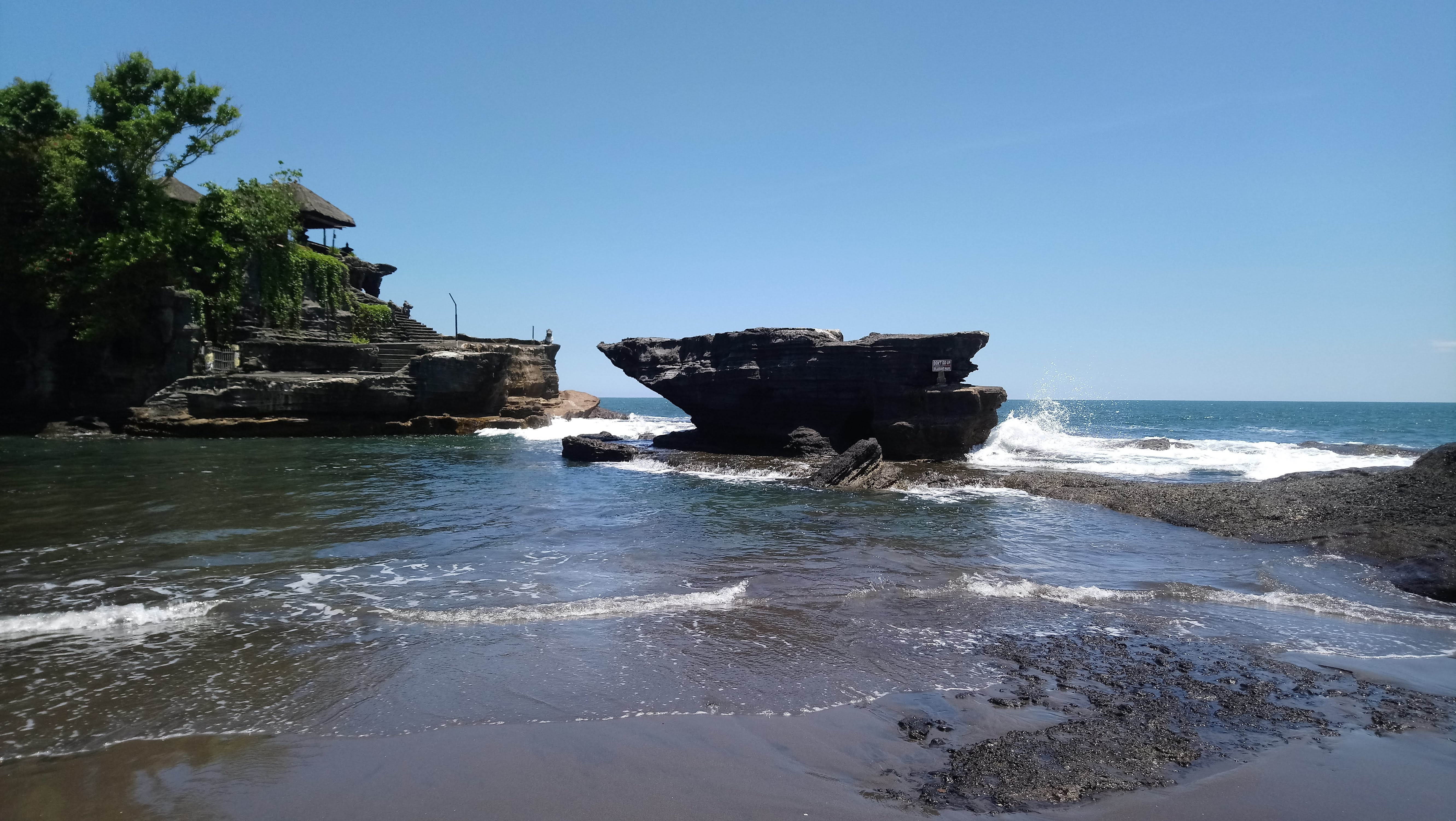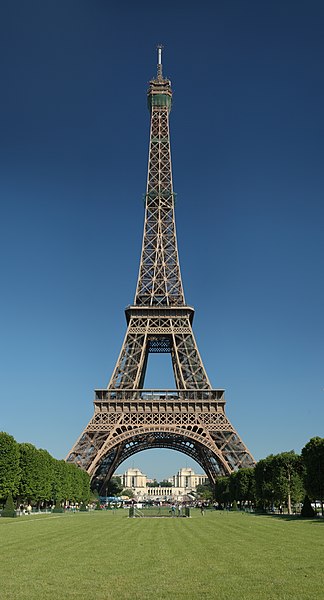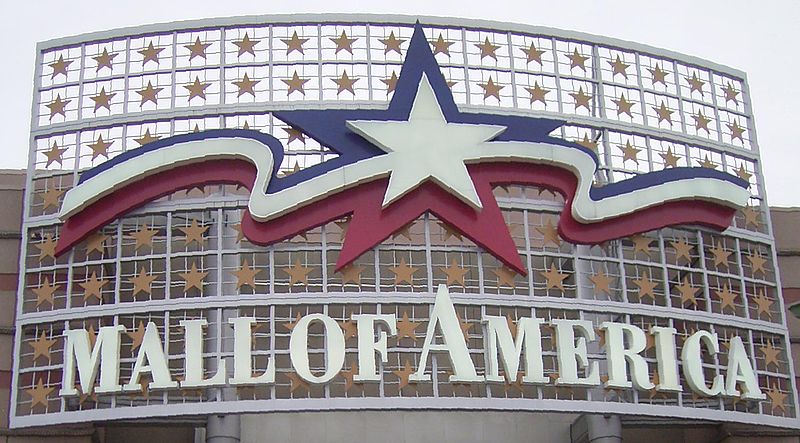table of contents
NEW YORK
The Statue of Liberty was a gift from France to the United States to mark the Centennial of the American Declaration of Independence. The idea of giving a colossal representation of republican virtues to a "sister" republic, across the sea, served as a focus for the republican cause against other politicians. The Statue of Liberty was dedicated in New York Harbor on October 28, 1886.
Liberty Island closed on September 11, 2001; the island reopened in December, the monument reopened on August 3, 2004, but the statue remained closed until the summer of 2009. The National Park Service claims that the statue is not shut because of a terrorist threat, but principally because of a long list of fire regulation contraventions, including inadequate evacuation procedures. The museum and ten-story pedestal are open for visitors, but are only accessible if visitors have a "Monument Access Pass", which is a reservation that visitors must make in advance of their visit and pick up before boarding the ferry. There are a maximum of 3000 passes available each day, with a total of 15,000 visitors to the island daily. The interior of the statue remains closed, although a glass ceiling in the pedestal allows for views of Gustave Eiffel's iron framework of Lady Liberty. And thats why i want to go to New York.
BALTIMORE
Baltimore played a key part in events leading to and including the American Revolution. City leaders such as Jonathan Plowman Jr. moved the city to join the resistance to British taxes and merchants signed agreements to not trade with Britain. The Second Continental Congress met in the Henry Fite House from December 1776 to February 1777, effectively making the city the capitol of the United States during this period. After the war, the Town of Baltimore, nearby Jonestown, and an area known as Fells Point were incorporated as the City of Baltimore in 1796. The city remained a part ofBaltimore County until 1851 when it was made an independent city.
The city was the site of the Battle of Baltimore during the War of 1812. After burning Washington, D.C., the British attacked Baltimore on the night of September 13, 1814. United States forces fromFort McHenry successfully defended the city's harbor from the British. Francis Scott Key, a Maryland lawyer, was aboard a British ship where he had been negotiating for the release of an American prisoner, Dr. William Beanes. Key witnessed the bombardment from this ship and later wrote The StarSpangled Banner a poem recounting the attack. Key's poem was set to a 1780 tune by British composer John Stafford Smith, and the StarSpangled Banner became the official National Anthem of the United States in 1931.
PARIS
Paris and the Paris Region, with €552.1 billion in 2009, produce more than a quarter of the gross domestic product of France. According to 2008 estimates, the Paris agglomeration is Europe's biggest or second biggest city economy and the sixth largest in the world. The Paris Region hosts the headquarters of 33 of the Fortune Global 500 companies, the highest such concentration in Europe, hosted in several business districts, notably La Defense, the largest dedicated business district in Europe. The Paris region has the highest concentration of higher education students in the European Union, is the first in Europe in terms of research and development capability and expenditure and is considered one of the best cities in the world for innovation.With about 42 million tourists annually in the city and its suburbs, Paris is the most visited city in the world. The city and its region contain 3,800 historical monuments and four UNESCO World Heritage Sites.
The Paris region has the highest concentration of higher education students in the European Union, is the first in Europe in terms of research and development capability and expenditure and is considered one of the best cities in the world for innovation.With about 42 million tourists annually in the city and its suburbs, Paris is the most visited city in the world. The city and its region contain 3,800 historical monuments and four UNESCO World Heritage Sites.
DETROIT
Detroit is the largest city in the U.S. state of Michigan, and the seat of Wayne County. It is the major city among the primary cultural financial and transportation centers in the Metro Detroit area, a region of 5.2 million people and serves as a major port on the Detroit River connecting the Great Lakes system to the Saint Lawrence Seaway. It was founded on July 24, 1701, by the French explorer adventurer and nobleman Antoine de la Mothe sieur de Cadillac.
In 2010, the city had a population of 713,777 and ranked as the 18th most populous city in the United States. The name Detroitsometimes refers to the Metro Detroit area with a population of 4,296,250 for the six- county Metropolitan Statistical Area, the United States' eleventh-largest and a population of 5,218,852 for the nine-county Combined Statistical Area as of the 2010 Census. The DetroitWindsor area a critical commercial link straddling the CanadaU.S. border has a total population of about 5,700,000.
BALI
Bali is an Indonesian island located in the westernmost end of the Lesser Sunda Islands, lying between Java to the west and Lombok to the east. It is one of the country's 33 provinces with the provincial capital at Denpasar towards the south of the island strictly speaking the province covers a few small neighbouring islands as well as the isle of Bali.
With a population recorded as 3,891,000 in the 2010 census the island is home to most of Indonesia's small Hindu minority. In the 2000 census about 92.29% of Bali's population adhered to Balinese Hinduism while most of the remainder follow Islam. It is also the largest tourist destination in the country and is renowned for its highly developed arts including traditional and modern dance sculpture painting leather metalworking and music. Bali a tourist haven for decades has seen a further surge in tourist numbers in recent years.
HAWAII
he history of Hawaii can be traced through a succession of dominant industries: sandalwood, whaling, sugarcane see Sugar plantations in Hawaii, pineapple, military, tourism, and education. Since statehood in 1959, tourism has been the largest industry, contributing 24.3% of the Gross State Product GSP in 1997, despite efforts to diversify. The gross output for the state in 2003 was $47 billion; per capita income for Hawaii residents was $30,441.
Hawaiian exports include food and apparel. These industries play a small role in the Hawaiian economy, however, due to the considerable shipping distance to viable markets, such as the West Coast of the United States. Food exports include coffee see coffee production in Hawaii), macadamia nuts, pineapple, livestock, and sugarcane. Agricultural sales for 2002, according to the Hawaii Agricultural Statistics Service, were $370.9 million from diversified agriculture, $100.6 million from pineapple, and $64.3 million from sugarcane.
Hawaii has a relatively high state tax burden. In 2003, Hawaii residents had the highest state tax per capita at $2,838. This is partly because education, health care and social services are all provided directly by the state, as opposed to local government in all other states.
Millions of tourists contribute to the tax take by paying the general excise tax and hotel room tax; thus not all taxes come directly from residents. Business leaders, however, consider the state's tax burden too high, contributing to both higher prices and the perception of an unfriendly business climate. See the list of businesses in Hawaii for more on commerce.
THE EIFFEL TOWER
For over a hundred years the Eiffel Tower has been synonymous with Paris its silhouette instantly reconizable throughout the world.Visible far and
wide throughout the city it soars above the river seine opposite the Trocadero palace by the Pont d'iena. Its slender grace and strength combine in a
symbol of the achievements of the industrial age-a daring demonstration of the skills and ambitions of engineers and designers in the late 19th century.
Matterhorn
The Matterhorn (German), Monte Cervino (Italian) or Mont Cervin (French), is a mountain in the Pennine Alps on the border between Switzerland and Italy. Its summit is 4,478 metres (14,690 ft) high, making it one of the highest peaks in the Alps. The four steep faces, rising above the surrounding glaciers, face the four compass points. The mountain overlooks the town of Zermattin the canton of Valais to the north-east and Breuil-Cervinia in the Aosta Valley to the south. The Theodul Pass, located at the eastern base of the peak, is the lowest passage between its north and south side.
The Matterhorn was one of the last great Alpine peaks to be climbed and its first ascent marked the end of the golden age of alpinism. It was made in 1865 by a party led by Edward Whymper and ended disastrously when four of its members fell to their deaths on the descent. The north face was not climbed until 1931, and is amongst the six great north faces of the Alps. The Matterhorn is one of the deadliest peaks in the Alps: from 1865 – when it was first climbed to 1995, 500 alpinists died on it.
The Matterhorn has become an iconic emblem of the Swiss Alps and the Alps in general. Since the end of the 19th century, when railways were built, it attracted more and more visitors and climbers. Each summer a large number of mountaineers try to climb the Matterhorn via the northeast Hornli ridge, the most popular route to the summit.
Mall of America
The Mall of America, also called MOA and the Megamall, is a shopping mall located in Bloomington, Minnesota, a suburb of theTwin Cities, in the United States. It is located southeast of the junction of Interstate 494 and Minnesota State Highway 77, north of the Minnesota River and is across the interstate from the Minneapolis-St. Paul International Airport. Opened in 1992, the mall receives 40 million visitors annually.The Triple Five Group, owned by Canada's Ghermezian family, owns and manages the Mall of America, as well as the West Edmonton Mall.t
In the United States, it is the fourth largest mall and is the 2nd largest, after Eastwood Mall, in terms of total enclosed floor area.
ohio
Ohio's geographic location has proven to be an asset for economic growth and expansion. Because Ohio links the Northeast to the Midwest, much cargo and business traffic passes through its borders along its well-developed highways. Ohio has the nation's 10th largest highway network, and is within a one-day drive of 50% of North America's population and 70% of North America's manufacturing capacity. To the North Lake Erie gives Ohio 312 miles (502 km) of coastline,which allows for numerous seaports. Ohio's southern border is defined by the Ohio River (with the border being at the 1793 low-water mark on the North side of the river and much of the northern border is defined by Lake Erie. Ohio's neighbors are Pennsylvania to the East, Michigan to the Northwest Ontario Canada, to the North, Indiana to the West Kentucky on the South and West Virginia on the Southeast. Ohio's borders were defined by metes and bounds in the Enabling Act of 1802 as follows
Bounded on the east by the Pennsylvania line, on the south by the Ohio River, to the mouth of the Great Miami River, on the west by the line drawn due north from the mouth of the Great Miami aforesaid, and on the north by an east and west line drawn through the southerly extreme of Lake Michigan, running east after intersecting the due north line aforesaid, from the mouth of the Great Miami until it shall intersect Lake Erie or the territorial line, and thence with the same through Lake Erie to the Pennsylvania line aforesaid.


The Ohio Coast of Lake Erie.
Note that Ohio is bounded by the Ohio River, but nearly all of the river itself belongs to Kentucky and West Virginia. In 1980, the U.S.A Supreme Court held that, based on the wording of the cessation of territory by Virginia (which, at that time included what is now Kentucky and West Virginia), the boundary between Ohio and Kentucky (and by implication, West Virginia) is the northern low-water mark of the river as it existed in 1792. Ohio has only that portion of the river between the river's 1792 low-water mark and the present high-water mark.
Comments (0)
You don't have permission to comment on this page.